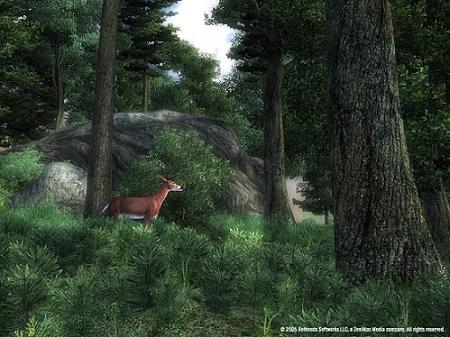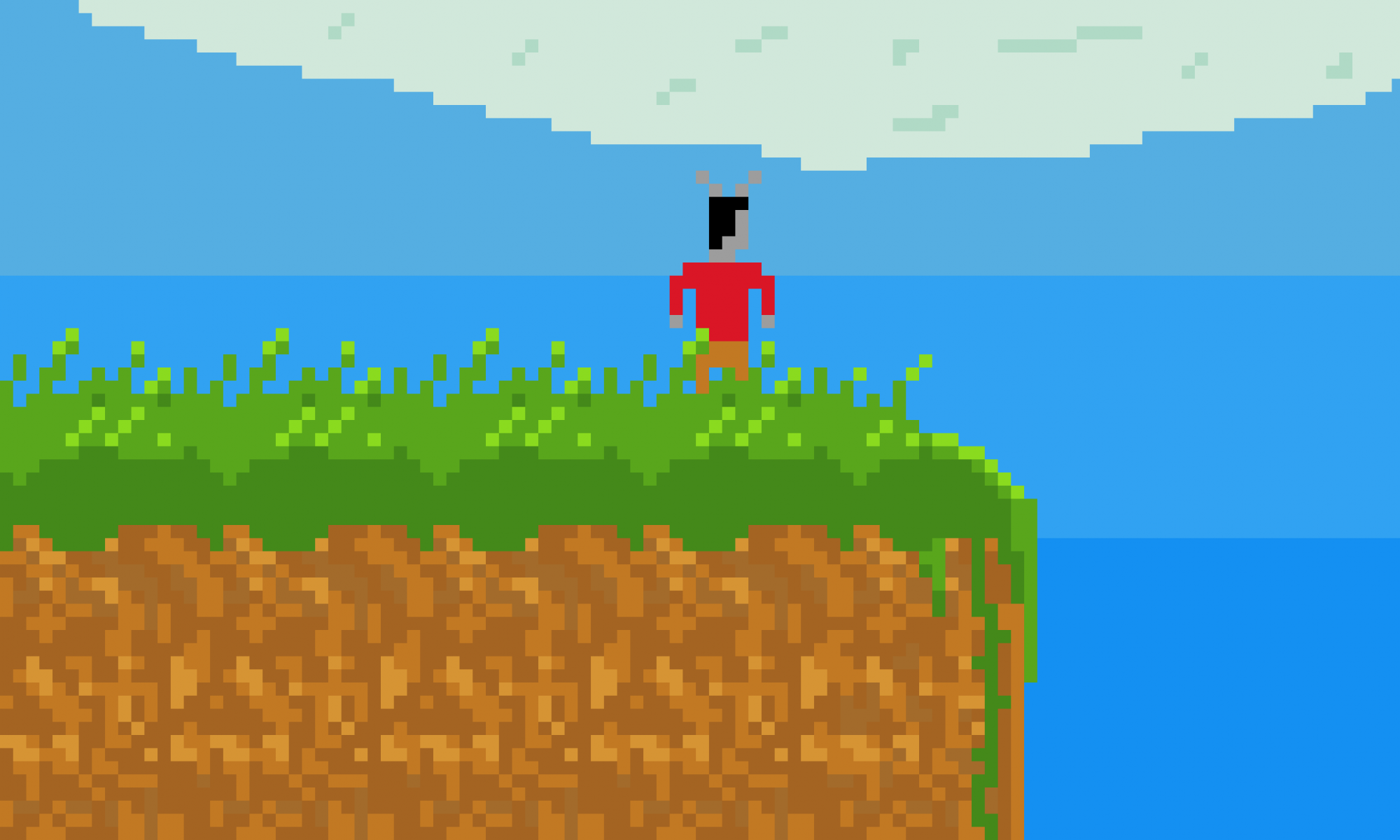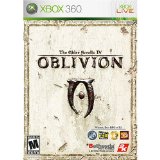
My introduction to the Elder Scrolls started with Morrowind on the Xbox. Morrowind played host to a staggering game world. Players could actually get lost. Multiple quests and myriad character customization options only made the game more daunting. In a way, that was my only gripe with Morrowind: it was too big. Still, I put lots and lots of hours into it. The game–constantly streaming data from the disc–basically ruined the DVD drive on my old Xbox, and I don’t regret it.
Enter Elder Scrolls IV: Oblivion. Oblivion builds on the Morrowind formula: letting players loose in a gigantic world with plenty of freedom. From here you give yourself a name and choose the physical attributes of the character. The character creator is pretty robust, much more so than Morrowind’s. There are plenty of races to choose from. Facial features are morphed with sliders. Given enough time, you could probably make a decent facsimile of yourself.
After you’re done creating an avatar–I chose a wood elf, creatively named Richard–players are dropped in a prison in the land of Tamriel. After learning some of the basic controls, the King himself–voiced by Patrick Stewart–enters the cell. It turns out that your cell is the only entrance to a secret passage out of the city. It also turns out that your character has been popping up in the king’s dreams. Long story short: it’s your lucky day and the king decides you should come along with his guards. The next bit of the game is a training mission of sorts. Your given access to a sword, a bow, and rudimentary magic skills. From here players will trudge through the dark, slaying rats and the like. Eventually players meet back up with the king, who further explains the basic plot. Basically, the gates of Hell–Oblivion–have been opened and only someone of the royal bloodline can shut them. The king has forseen his death and tasks you with finding his son. Sure enough, the king bites the dust a few moments later.
Leaving the dungeon, characters begin the quest proper. If you want, you can hoof it to your first objective. If you prefer instant action, however, you can use Oblivion’s new instant travel feature. Simply pull up the map, select a location, and select travel. This is one of the best improvements over Morrowind. Another great addition–for those of us who decide to travel the hard way–is compass markers. Helpful icons–including the direction of the main quest–pop up on the game’s compass. This removes a lot of the guesswork that was prevalent in Morrowind. Purists may scoff at its lack of realism, but most will see it as a welcome feature. One more thing, Oblivion also introduces horses as a transit option. You can buy them–or steal them–at stables. Another improved feature is the menu system. The menu has several tabs–navigated with L and R–each divided into sub-tabs. Equipment, for example, is divided into weapons, armor, potions, etc. The quest journal has also been improved. It is now much easier to sort through main quests and side quests. Combat has undergone a few changes as well. For instance, attacks are no longer based on a “roll of dice”. In Morrowind, attacks were based on probablility. Thus, you could shoot at an enemy and miss, even though the arrow clearly should have stuck. Thankfully, that is gone. If an enemy is hit, it is hit. Skill merely regulates how much damage is done. This is a very welcome feature for the archery skill.
The graphics are mostly very nice. Some of the dense forests are truly breathtaking. There are some issues though. Indoor areas, for example, are nearly perfect. Step outside, however, and players are subjected to texture and object pop-up. Up close, everything looks great, but far-off objects are all rendered with low detail. As you approach these things, the “real” textures load. Often this causes a short hiccup in the gameplay as areas load. It’s not a deal-breaker but it’s worth mentioning. The character models are a mixed bag. Some of them look great. Others look decidely “last-gen.” I’m sure most of these issues are at least marginally better on the PC. Also, I should note that the game has actually frozen on me once.



If you care at all about credibility you might want to change “King’ to “Emperor” before people realize you didn’t actually play the game!
Um … no? Maybe if I cared about semantics.
The Zune concentrates on being a Portable Media Player. Not a web browser. Not a game machine. Maybe in the future it’ll do even better in those areas, but for now it’s a fantastic way to organize and listen to your music and videos, and is without peer in that regard. The iPod’s strengths are its web browsing and apps. If those sound more compelling, perhaps it is your best choice.